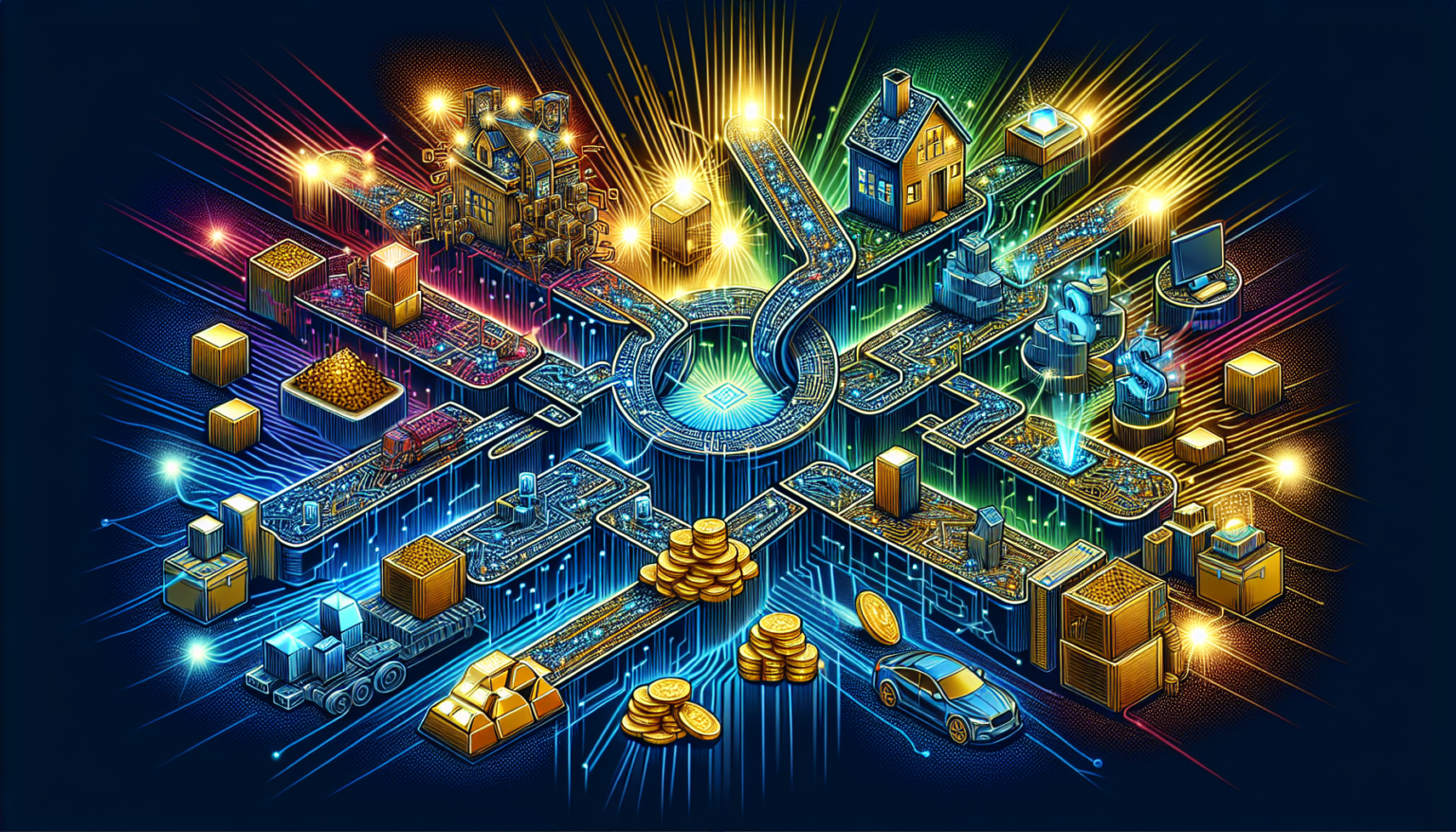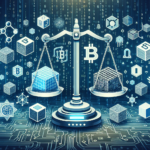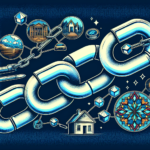The Concept of Blockchain Technology
Understanding Blockchain
Blockchain technology is often perceived as synonymous with cryptocurrencies like Bitcoin, but its applications extend far beyond digital currencies. At its core, blockchain is a distributed ledger technology that enables secure, transparent, and immutable record-keeping. Each transaction is stored in blocks and linked in a chronological chain, creating a system that is almost impossible to alter without consensus from the network.
Key Features of Blockchain
One of the standout features of blockchain is decentralization. Unlike traditional databases that rely on a central authority, blockchain operates on a peer-to-peer network. This decentralization enhances security, as there is no single point of failure. Additionally, blockchain uses cryptography to secure transactions, ensuring that data integrity is maintained.
Transparency and Immutability
Transparency is another significant attribute of blockchain. All participants in a blockchain can access the same information in real-time, which fosters trust among users. Immutability, on the other hand, means that once information is recorded on the blockchain, it cannot be altered or deleted. This offers a reliable way to track ownership and transfers of assets.
Real-World Asset Ownership Explained
Defining Real-World Assets
Real-world assets include tangible and intangible items such as real estate, art, commodities, and even intellectual property. Ownership of these assets has traditionally involved cumbersome processes, documentation, and intermediaries, often leading to disputes and inefficiencies.
Challenges in Traditional Ownership Models
The existing systems for managing ownership of real-world assets come with numerous challenges. For instance, transferring property titles often involves lengthy procedures and the expense of legal fees. Moreover, records can be lost, damaged, or disputed, creating friction between rightful owners and claimants.
How Blockchain is Transforming Asset Ownership
Tokenization of Assets
One of the most transformative ways blockchain is impacting real-world asset ownership is through the concept of tokenization. Tokenization refers to the process of creating a digital representation of a real-world asset on the blockchain. Each token can represent a specific share of an asset, making it easier to trade and manage ownership.
Fractional Ownership
Tokenization paves the way for fractional ownership. This means that multiple people can own a fraction of a high-value asset, such as real estate or high-end art. For instance, a piece of art worth one million dollars could be tokenized into one thousand tokens, allowing individuals to invest in it for as little as one thousand dollars. This democratizes access to investment opportunities that were previously available only to wealthier individuals.
Streamlined Transactions
Blockchain enhances the efficiency of asset transactions by enabling smart contracts. A smart contract is a self-executing contract with the terms directly written into code. When conditions are met, the contract automatically executes, transferring ownership and facilitating payment without the need for intermediaries.
Reducing Costs and Time
By removing intermediaries, blockchain significantly reduces transaction costs and processing time. For example, when buying real estate, traditional transactions may involve realtors, title companies, and lawyers, each taking their cut. Blockchain allows for direct transactions between buyers and sellers, streamlining the entire process.
Enhanced Security and Transparency
The use of blockchain for asset ownership enhances both security and transparency. Since all transactions and ownership records are securely logged and immutable, the risk of fraud is significantly lowered. Buyers can verify ownership and transfer history before making any investment, promoting confidence and trust in the transaction process.
Case Studies in Real-World Asset Ownership
Real Estate Tokenization Platforms
Several companies and platforms are already leveraging blockchain for real estate tokenization. Platforms like RealT and Property token have made it possible for investors to purchase shares in various properties, complete with smart contracts that outline their rights and responsibilities.
Global Accessibility
These platforms allow global investors to participate in real estate markets that were once limited to local buyers. Investors from different parts of the world can invest in properties without the need for on-site visits, complex regulations, or complicated legal documentation.
Art Ownership and Sales
In the art world, platforms like Myco and CurioInvest are revolutionizing how art ownership is structured. By tokenizing artwork, buyers can purchase a fraction of a piece, which opens the doors for more people to invest in art.
Authenticity Verification
Additionally, these platforms often include built-in features for verifying the authenticity of artwork through blockchain, establishing a proven ownership history that can help prevent the circulation of counterfeit pieces.
Potential Limitations and Challenges
Legal and Regulatory Considerations
While blockchain has immense potential, it’s not without its challenges. One major hurdle is the legal recognition of blockchain-based ownership. Different countries have different regulations concerning ownership, transfer, and taxation of assets, which can complicate the widespread adoption of blockchain technology.
Education and Adoption
There’s also the matter of education. Many potential users may not fully understand how blockchain works or its benefits. This knowledge gap can hinder adoption, particularly among older generations who may be more accustomed to traditional methods of asset ownership.
Technical Limitations
Technical limitations also exist. Blockchain networks can suffer from scalability issues, which can slow down transactions, especially during peak periods. Furthermore, the environmental impact of certain blockchain systems, particularly those that rely on energy-intensive proof-of-work models, raises additional concerns.
The Future of Asset Ownership with Blockchain
Visions for a Blockchain-Enabled Future
As technology continues to evolve, the integration of blockchain into real-world asset ownership is likely to expand. Continued innovation may lead to more sophisticated applications, such as decentralized finance (DeFi), where assets can be used as collateral for loans with less friction.
Potential for Greater Inclusion
Ultimately, the impact of blockchain on real-world asset ownership holds the promise for greater inclusion in wealth-building opportunities. By enabling fractional ownership and streamlining transactions, blockchain technology could democratize access to investments, allowing a broader range of people to build wealth through the ownership of real-world assets.
In sum, blockchain is not just a passing trend; it’s a technology poised to redefine how we view and manage asset ownership across numerous sectors. Continuing advancements and the establishment of supportive regulatory frameworks will be crucial in evolving this landscape.








